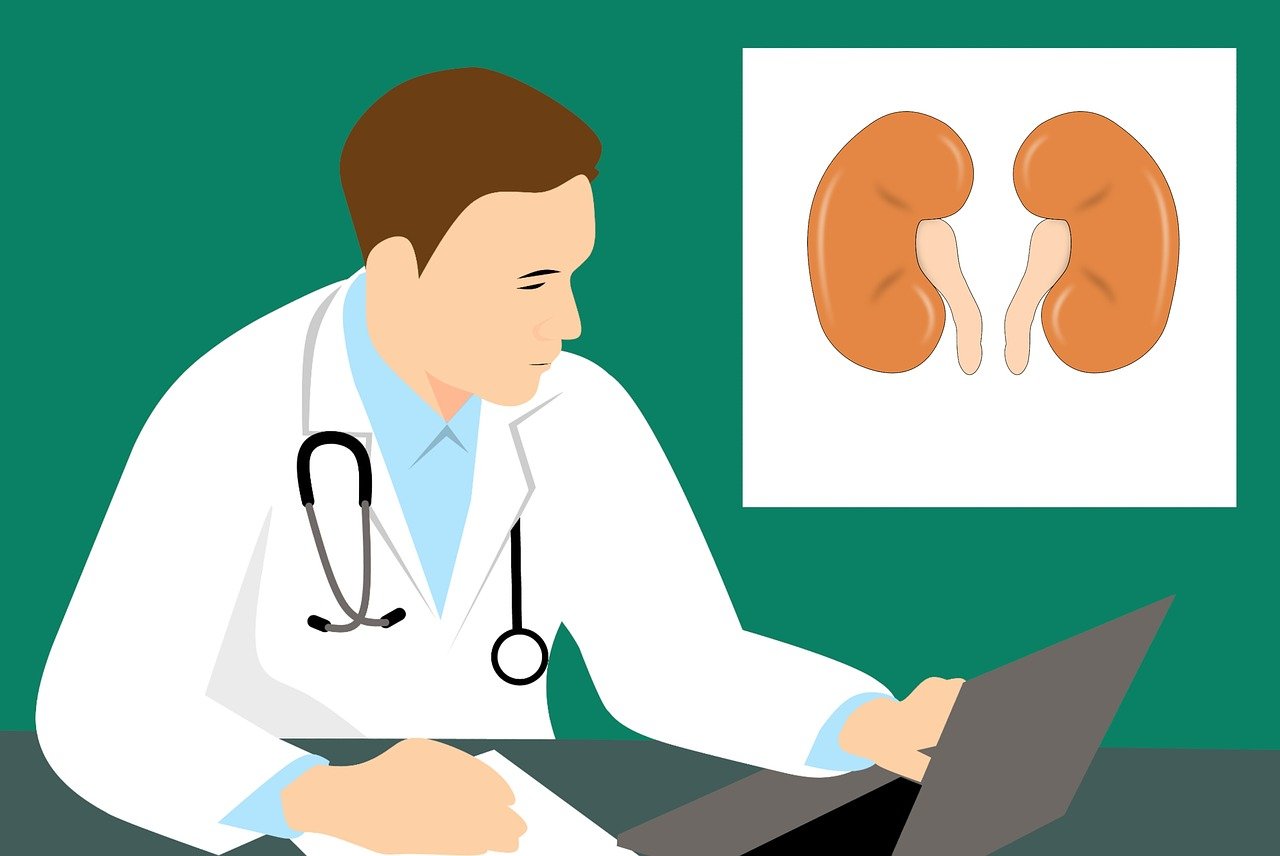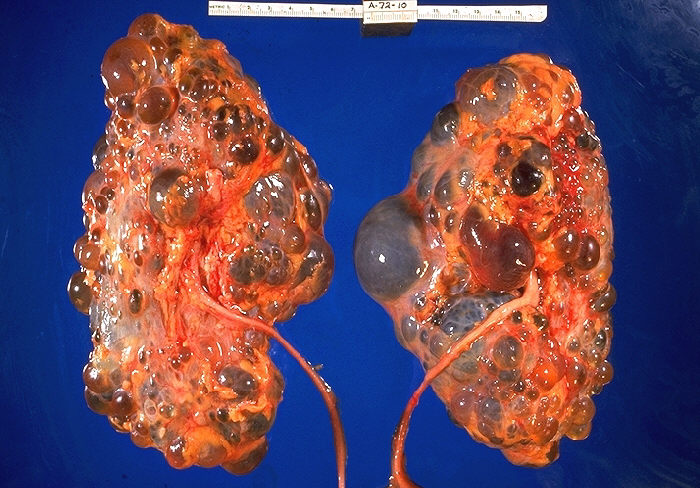
Acute Kidney Injury
Topics: Categorizing acute kidney injury, Approach to acute kidney injury, Acute kidney injury requiring dialysis.
Categorizing Acute Kidney Injury
Acute kidney injury can be categorized into 3 main groups: pre-renal, renal and post-renal. Any problems with the heart, or blood supply reaching the kidneys is considered pre-renal. Any problems inside the kidney itself is considered intra-renal. Any problems occurring with urine being able to leave the kidneys i.e. in the ureters, bladder, urethra is post-renal. Post-renal AKI is kidney damage due to back up of urine produced by the kidneys into the kidney itself. Pre-renal AKI is kidney damage due to a lack of blood flow to the kidneys. Intra-renal AKI can be divided into 3 main categories: problems with the glomerulus (mainly glomerulonephritis), problems with the renal interstitium (acute interstitial nephritis) or problems with the renal tubules (acute tubular necrosis).
| Pre-renal | Intra-renal | Post-renal |
|---|---|---|
| Heart attack or heart failure | Glomerulonephritis | Ureter cancer or stones |
| leaky vasculature (low albumin): nephrosis, gastrosis (protein losing enteropathies/ malnutrition), cirrhosis. Volume-overloaded. | Acute interstitial nephritis | Bladder cancer/ stones, or neurogenic bladder |
| Bleeding: diuresis, diarrhea, dehydration, hemorrhage. Hypovolemic. | Acute tubular necrosis | Urethral cancer/ stones, or benign prostatic hyperplasia, or foley catheter |
| Blood flow is blocked: fibromuscular dysplasia, renal artery stenosis |
Approach to Acute Kidney Injury
An elevated creatinine suggests acute kidney injury. First, asses if it is pre-renal AKI and next if it is post-renal AKI and then finally check if it is intra-renal AKI.
Pre-renal AKI: BUN/Cr (>20), UNa (<10), FeNa (<1%) or if on a diuretic the FeUrea (<35%). Check volume status, if hypovolemic give IV fluids, but if volume overloaded then diuresis is done.
Post-renal AKI: Ultrasound or CT scan shows hydroureter or hydronephrosis. CT scan can identify stones causing the obstruction. Treatment involves removing the obstruction. If the obstruction is in the urethra or bladder a foley catheter is used. If the obstruction is at the ureter then nephrostomy or surgery.
Intra-renal AKI: First a thorough history and physical exam followed by urinalysis. Often this is enough to arrive at the diagnosis but if not you may need a biopsy. Treatment is disease specific. Examples of intra-renal AKI include diabetic nephropathy and hypertensive nephropathy.
Acute kidney injury requiring Dialysis
AEIOU.
Acidosis, Electrolytes (K, Ca), Intoxication, Overload, Uremia.
